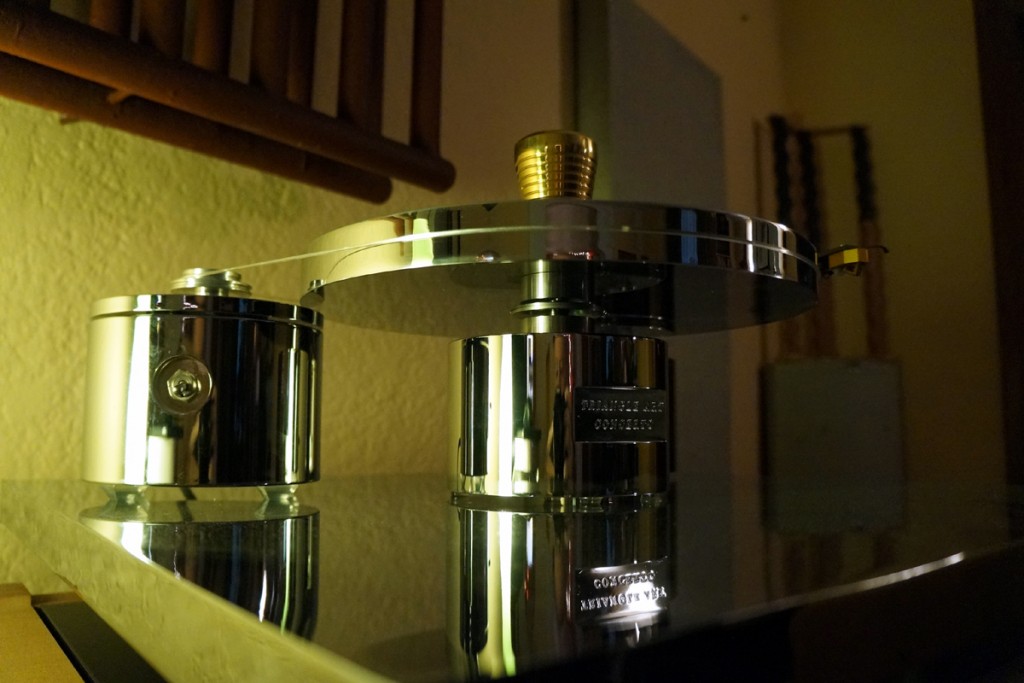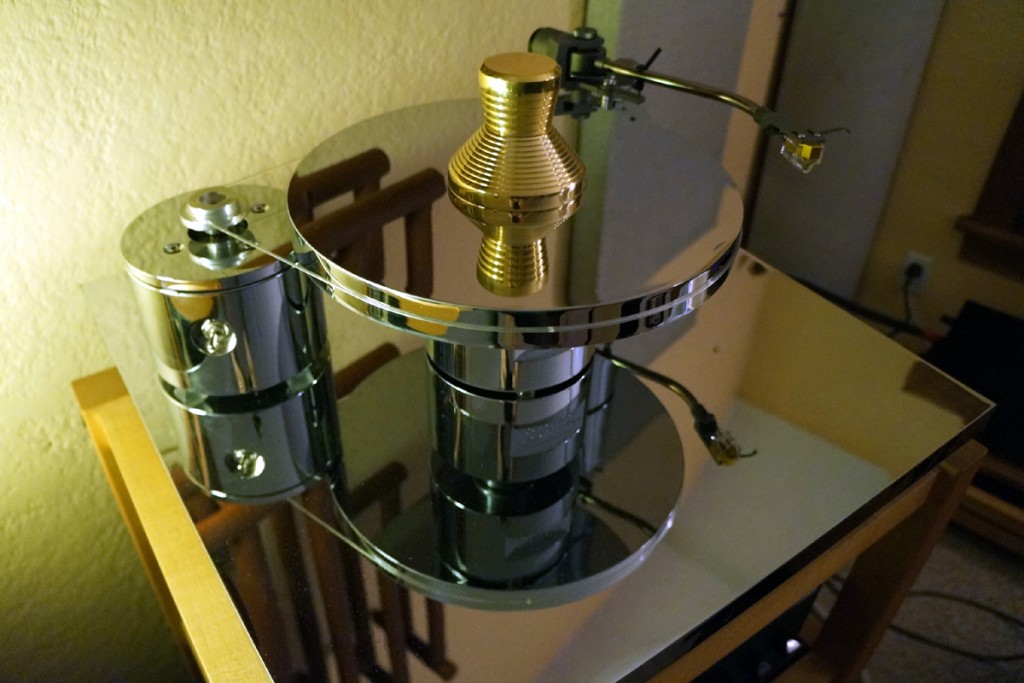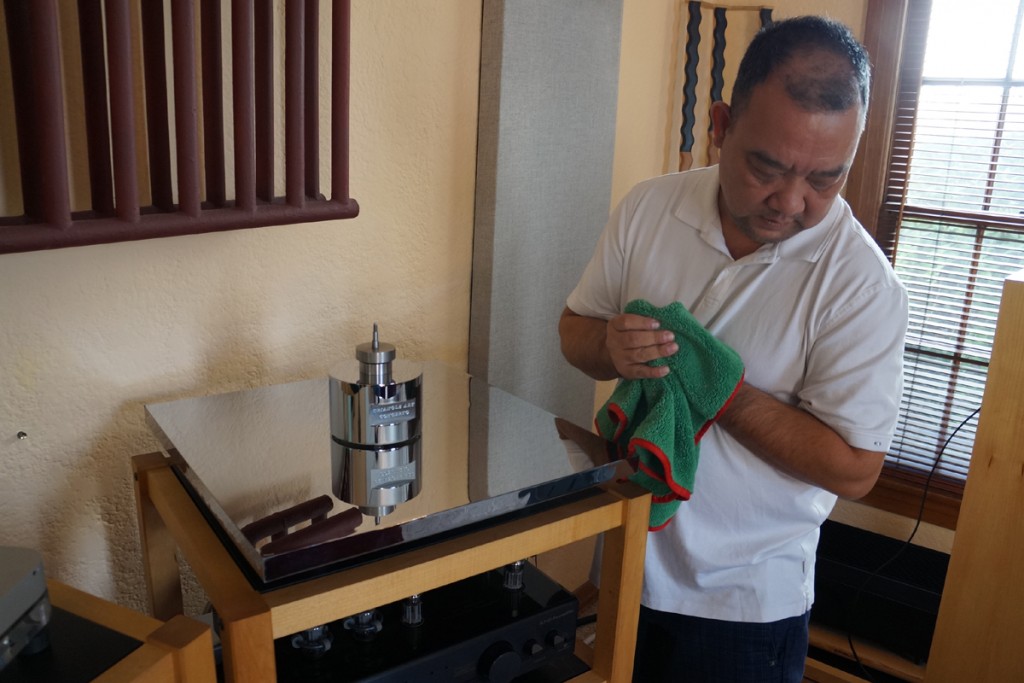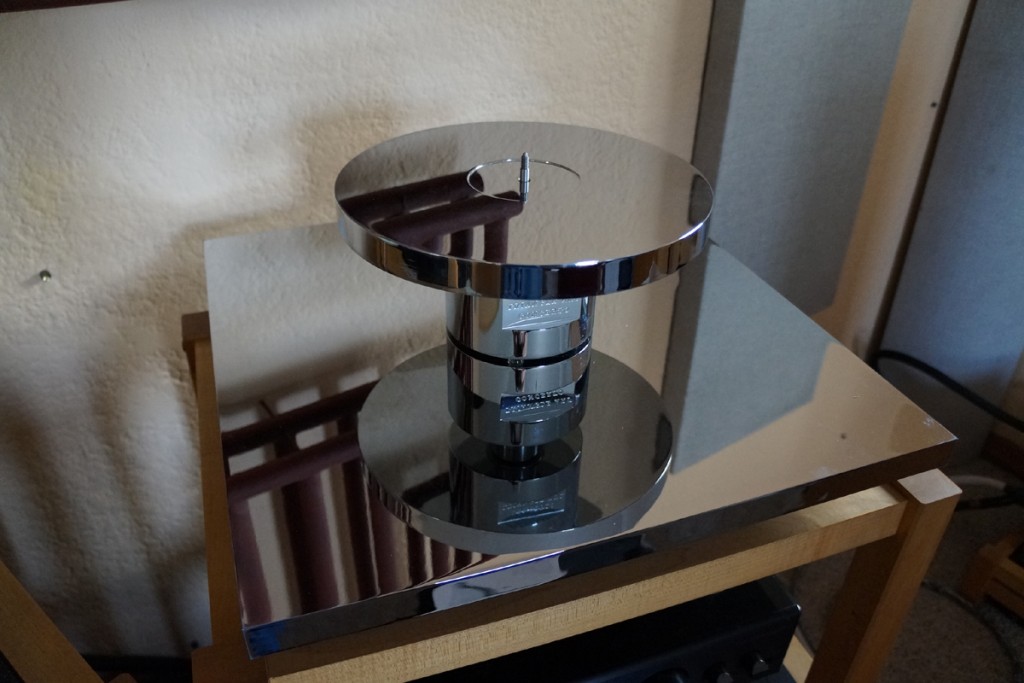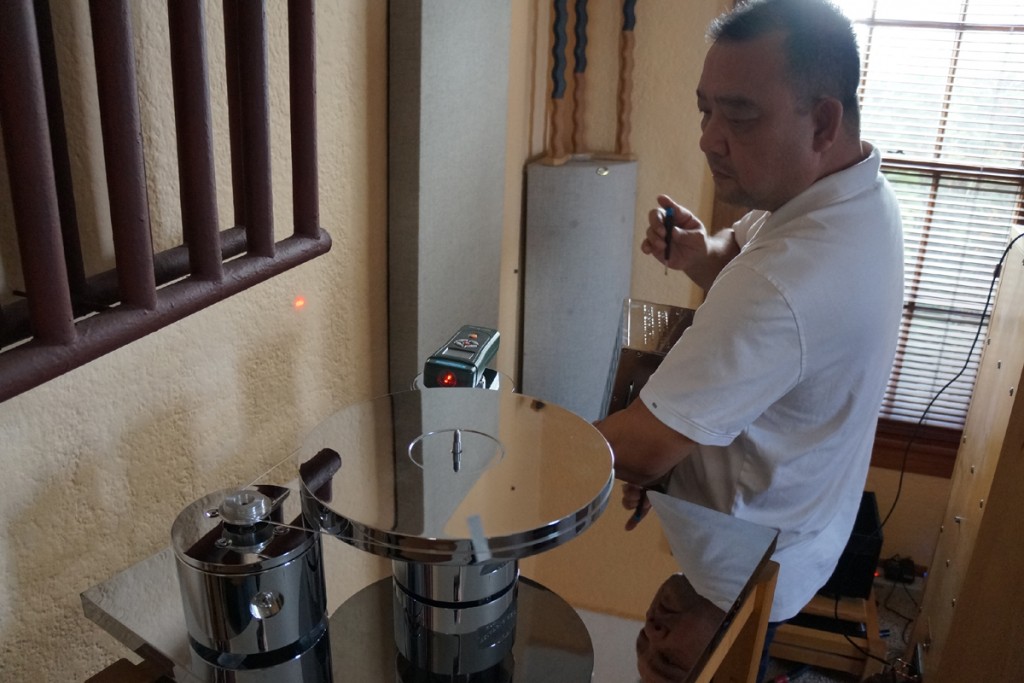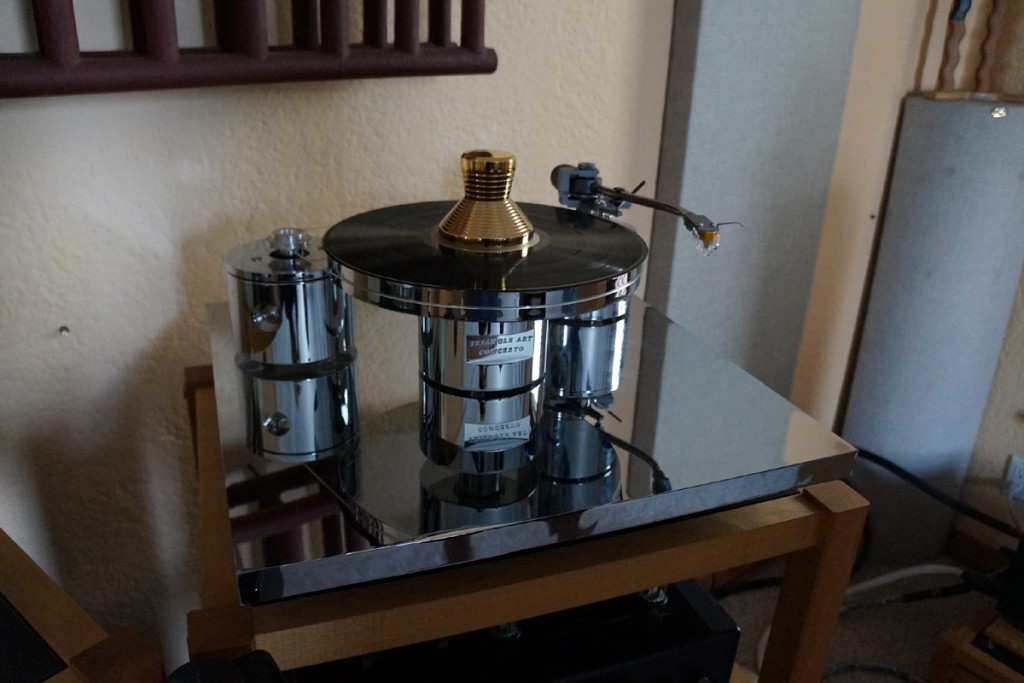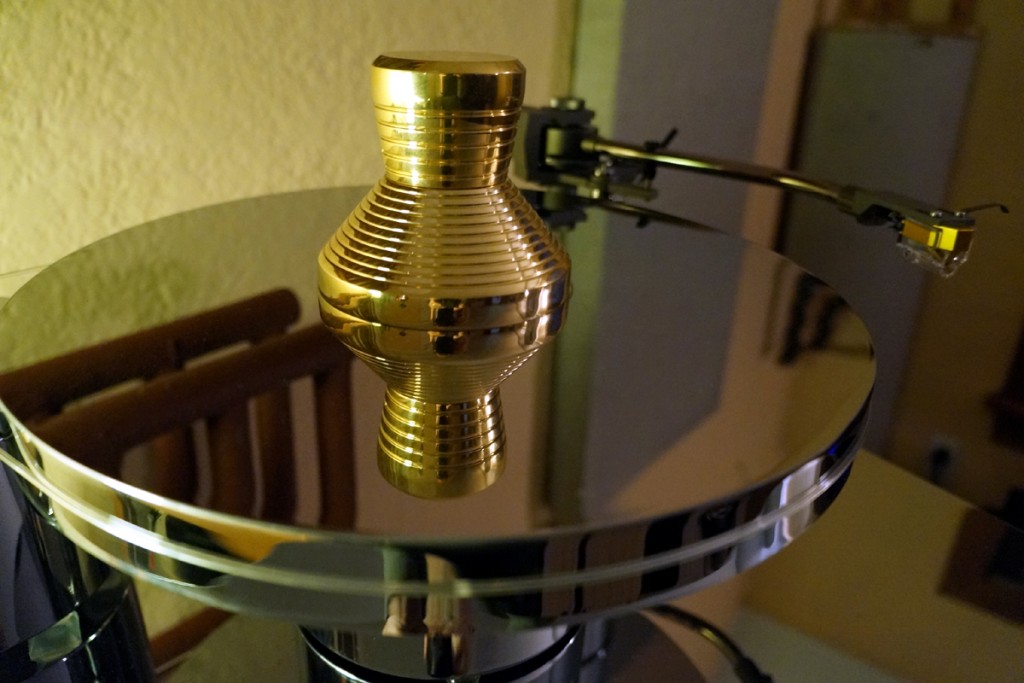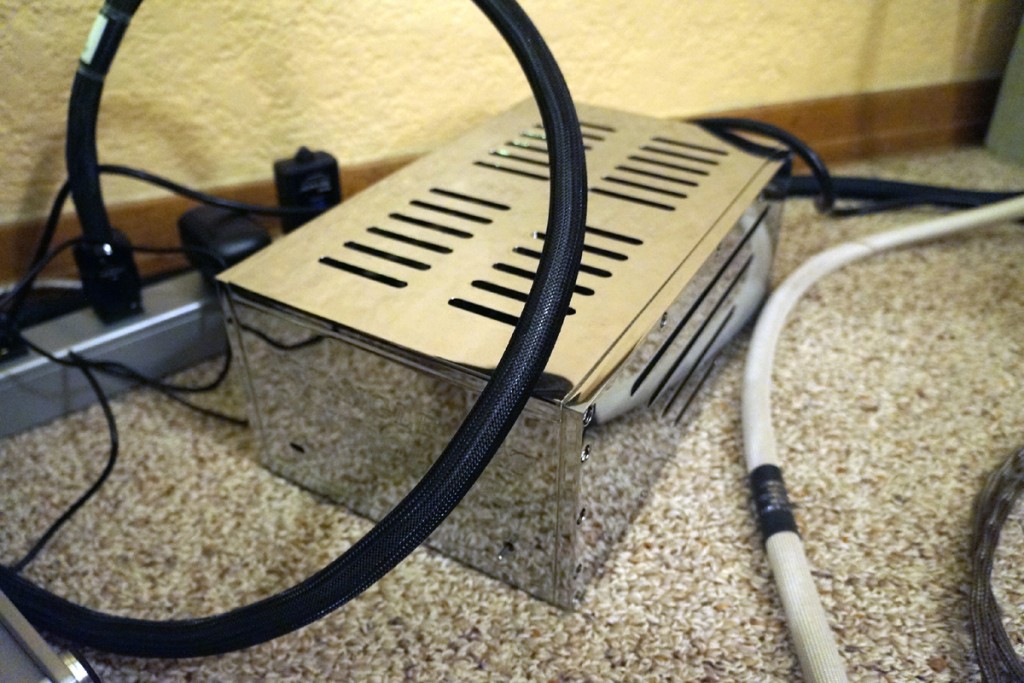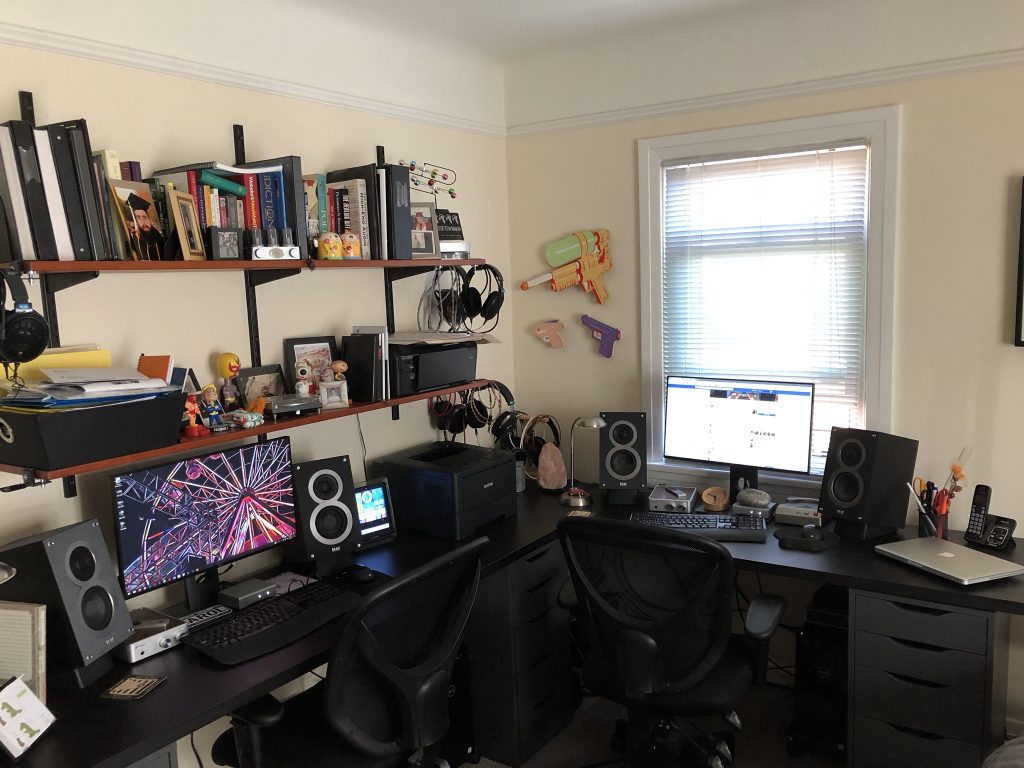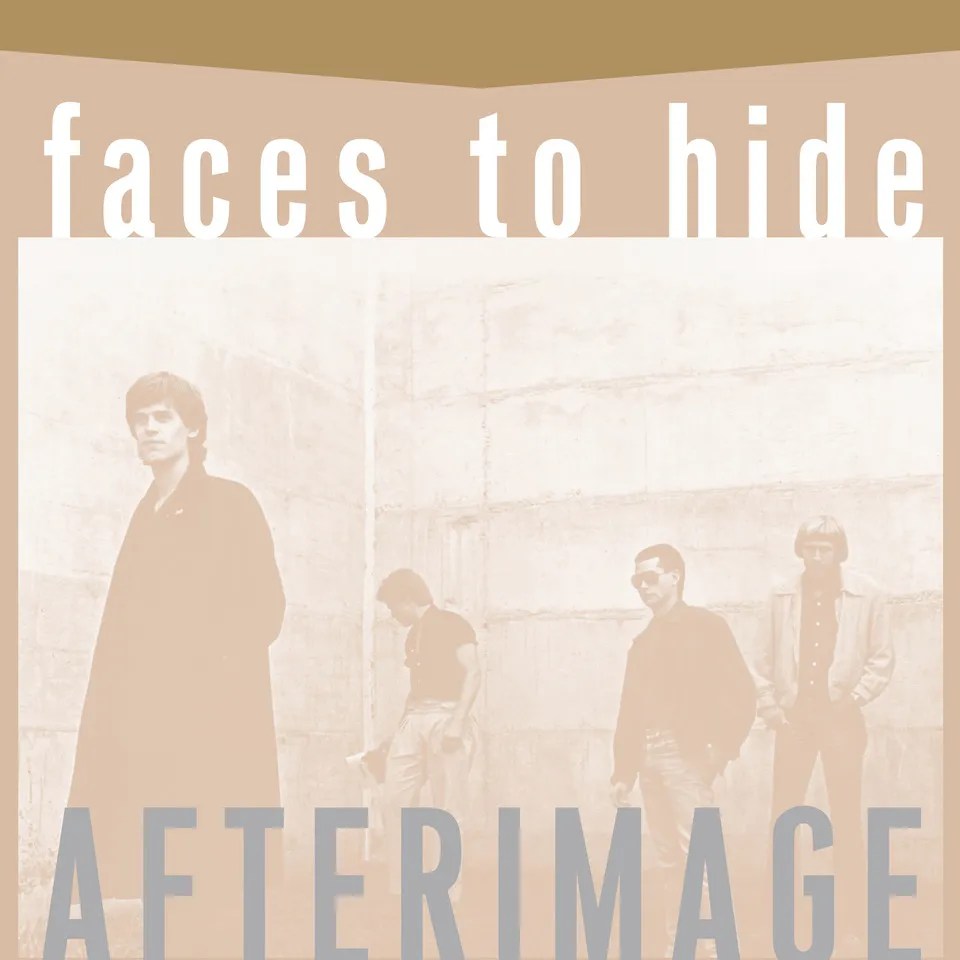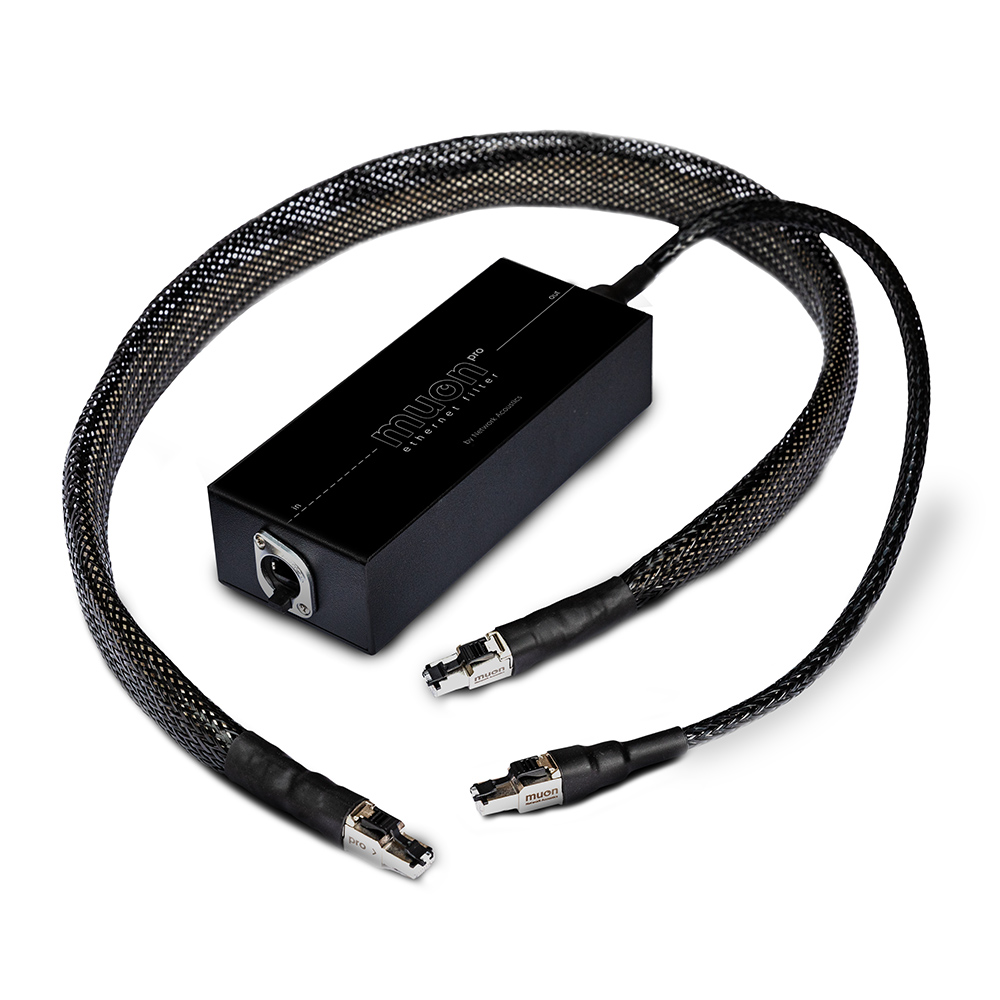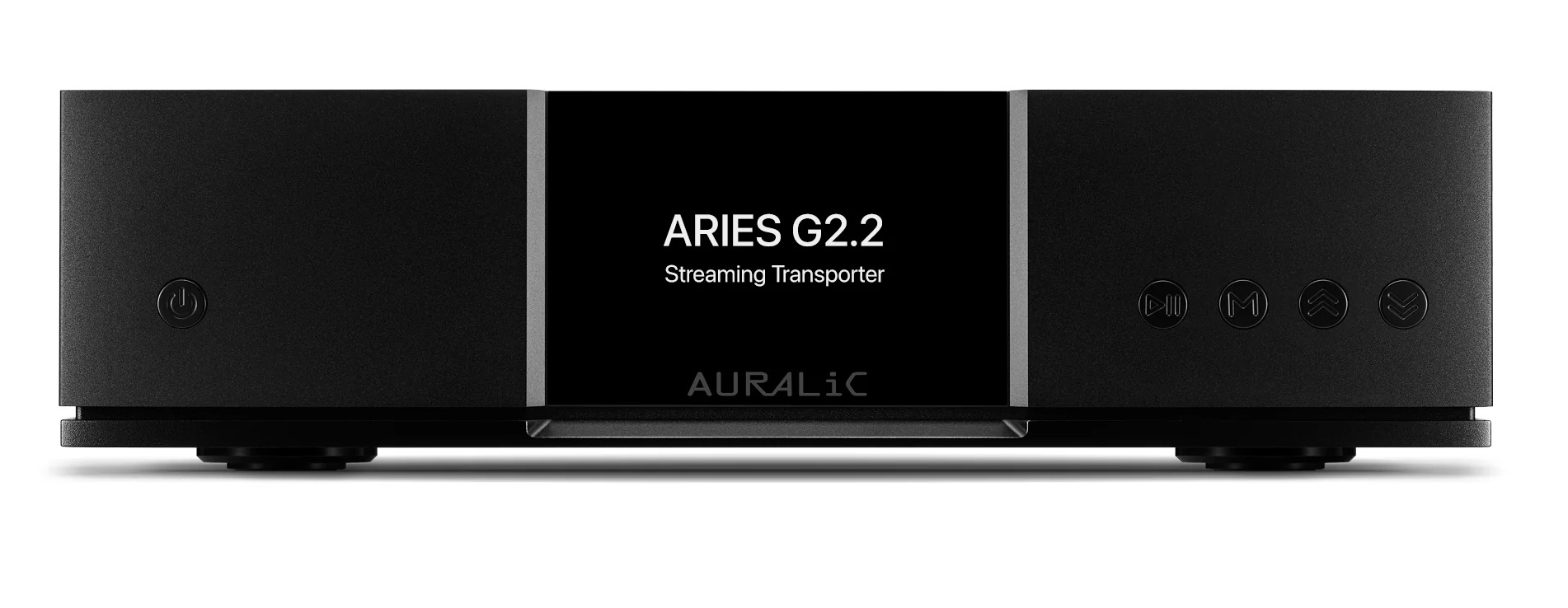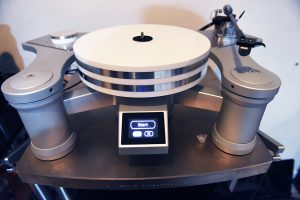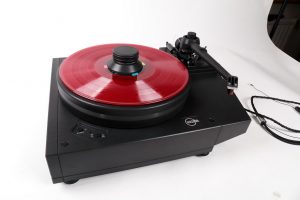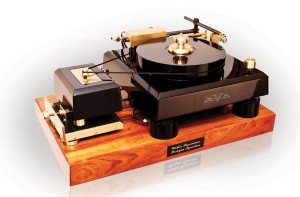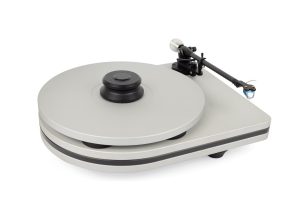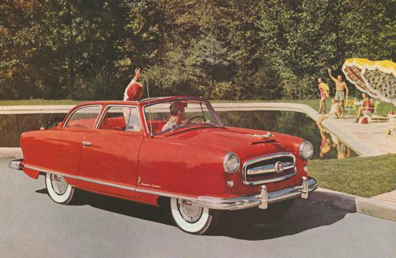
Analog is the thing now. Well for many it has always been the thing, but for many others… it is the new thing. Nice. Great stuff on vinyl and for sure, if done right, it can be quite different than digital. I say different, as better, all depends on the mastering, pressing, quality, etc. I have a number of LPs where the digital trumps it in most ways: quieter for sure, but then that is what digital does; clearly way more extended and dynamic, but never quite as musically engaging. Even with all the detractions such as surface noise, warps, etc. Yeah, lots of fun for sure. And like digital, it can be never ending with one’s choice of cartridges, tonearms, cabling, VTA, mats, phonostages, and so on. Plus which table? What material for the platter, for the plinth? Direct or belt? Jeez.
Simple? Not happening.
So I am approached to review the basic table from Triangle Art. Their entry Concerto table comes in at an "affordable" $3995 and features machined chrome composite metal for, well, for everything: the platter, motor housing, and tonearm tower. You can get it in other colors if chrome is not your thing. I found it well done, but it is not really what we are into aesthetically. We tend to go for a more subdued look, though I guess our Transrotor Leonardo is also pushing that a wee bit, being primarily acrylic with some chrome here and there. The Concerto is all chrome. Fit and finish is quite good and the whole thing is made right here is SoCal. The table comes with a Jelco SA750 tonearm too.
Cool. All metal versus that of the Leonardo’c acrylic. For sure different materials impart a different sound. Platter? Yep. Plinth? Naturally? Arm tower? Of course. As many manufacturers as there are, one can find as many different materials and approaches to spin an LP. Each has its own characteristic… some more or less desirable than others. All needing to be balanced in a way to appreciate what it does… or does not do sonically to the spinning LP. Metal can be more lively than acrylic, which tends to be deader with less potential ringing, though it too can ring. The same applies to wood which will impart the sonic qualities based on the wood or woods one uses to make either a platter or a plinth. One can even make layers of different materials to either address weaknesses or maximize strengths of the primary material used for either. Often times it is a matter of preference, balance, or simply choice based on costs constraints and manufacturing realities. Ask five different turntable designers and you get five different answers. All are right. They are just different sonically. Find what works for you and chill.
So I say sure thing, as I am curious how much better tables may have gotten since we pulled the trigger on the Leonardo many a year ago, and like I said, acrylic versus metal. Pete Davey has the Triangle Art Signature with their Osiris tone arm and is quite happy. Hearing vinyl at his place is always stunningly engaging… so yeah man, bring it on over.
Well… I got more than I expected. What shows up with Tom Vu (owner and designer of Triangle Art) is not only the Concerto table and Jelco arm, but also a massively heavy chrome platform for the table ($1299) that I could not lift, the Zeus MC cartridge ($3995), the Crystal digital speed control which allows for speed control at the flip of a switch as opposed to the flip of a belt ($2000), and the Gold record clamp ($1200). Uh… my "affordable" table and arm just went from $3995 to $11,411! Tom, you’re killing me here! So now I am no longer reviewing a $3995 table but an $11,411 system. Oh well, what can a poor guy do here? Tom set everything up, requiring no assistance from me, and left post haste. The table is their demo unit so it was well run in, as was the motor control. The platform obviously needed no break-in—or does it…—but the arm and cartridge were both relatively new… and so Tom suggested 25 to 50 hours of music to get the pair settled in. Even so, he felt that since the cartridge had 10-15 hours of use at shows it should sound pretty decent at the get go. And yes, that it did.
Oh did I mention that the Concerto is a plinth-less table? Yeah, no plinth. The Concerto is a three-tower table of sorts with the platter sitting in one tower, the motor in a second, and the arm in a third. Meaning that the table needs to have a stable surface to sit on. Guess the kilo-ton base was helpful after all, though my Black Diamond Racing platform would have represented the late DJ Casser quite well.
I tossed the Cardas Break-In LP on the table for a day or so and then Carol and I let the LPs land as they might. Oh wait, to digress a bit here… my current phonostage is the two-box Heed Quasar which we simply love (HERE). Organic, musical, extended …oh sweet baby corn… the Heed plays music like nothing else at its price range. For sure it has a characteristic that defines it from other stages, and that is that it really does little to draw attention to itself. Which, while that sounds like a bad thing, it is actually a good thing… well a good different thing. The Heed just lets the music flow through. For sure there are more dynamic, resolving extended…yadda, yadda stages out there, but we love the Heed. And yet… in comes the phonostage from Channel D: the Lino. Now this is sonically different from the Heed in that the Lino comes across, well, differently. More oomph. More drive. More rock and anger. More angst. Yeah I get what the Lino is all about and how it reflects Rob at Channel D. He and I click when it comes to music and preferences and the Lino tells that story quite well.
Was not my intent to spend that much on the two phonostages (way more to come on the Lino) here, but for sure while this is about the Concerto system, the Lino and Quasar both had a serious role in what we experienced. And yeah, we get it. The Lino is like $1199 and the Quasar is $1200. So what are we doing using a phonostage that costs 1/10th that of a table? Uh, cause they work, and work well. Plus, it is what we own… all we needed at this point is to introduce another variable into the equation. Yeah, how about the $$$ phonostage to use too? No thanks.
So we toss on LP after LP and yeah, the Concerto rig is pretty cool. It gets the spirit and flavor of our music right. Speed, dynamics, pace, extension… quiet and stable. Nice. It is all there. For sure the music came across as being more lively than the Leonardo. The music simply had that swing and presence that made it propel us into long periods of LP after LP. Is it the metal used for the platter? For the platform? Is it the speed control? For sure those will, in and of themselves, get you more there THERE simply by the material used and how the Crystal digital speed control spinning the platter is that much more 'right on'than letting the DC motor do it all. More stable power, more stable music. And for sure the $3995 Zeus is doing what it does compared to the discontinued $2100 Shelter 901. The Shelter 901 is no slouch in respect, and excels in every way; we love it and what it does with our music, it is a natural with the Leonardo. Is it better than, or does the Zeus best it? Is the Transrotor as good as the Concerto or is the Concerto simply better? No way to tell really. But for sure we found listening to the Concerto system quite fun and engaging. Yeah, this set up rocks and gets the music across in every genre we could toss its way.
The two tables are different for sure. The Transrotor is more relaxed and less visceral than the Concerto rig—which could be more about the materials used in either than anything else. Of course: different strokes for different folks. Find what you like and go for it. Naturally, all of what we heard can be tailored to a great degree with swapping the Heed for the Lino… where the Heed reigns in the Concerto to something closer to that of the Transrotor, or by using the Lino with the Transrotor, which gives us much of the sonic perspective of the Concerto. On the other hand, the Lino compliments the drive and excitement of the Concerto to a wonderful degree making the two a perfect match, but only if your music and sonic preference calls for such a musical perspective.
For those who need the bits as opposed to whole… the Concerto did bass amazingly well with a clean and airy high end. Slam and oomph galore. Nice. And the Concerto was articulate and dynamic, it presented music with nothing that caused one to think anything was amiss. Way sweet.
In the end we found much to appreciate musically with the Concerto system. Yeah, it is a $12,000 package and for sure one could save money by simply going for the basic set-up sans the platform, speed control, and record clamp. I would be surprised if one experienced much of a drop off in musical pleasure and performance by omitting these from the system—the basic Concerto and Zeus cartridge are the centerpieces and these ancillaries are simply upping the ante. And such a wonderful centerpiece the Concerto is within this analog system. Sure, a turntable is nothing more than just a motor spinning a platter riding on a bearing with an arm and cartridge traveling in the groove of a record—sounds simple enough- but Tom did his homework and has a winner here. Well done! Highly recommended.
Triangle Art




